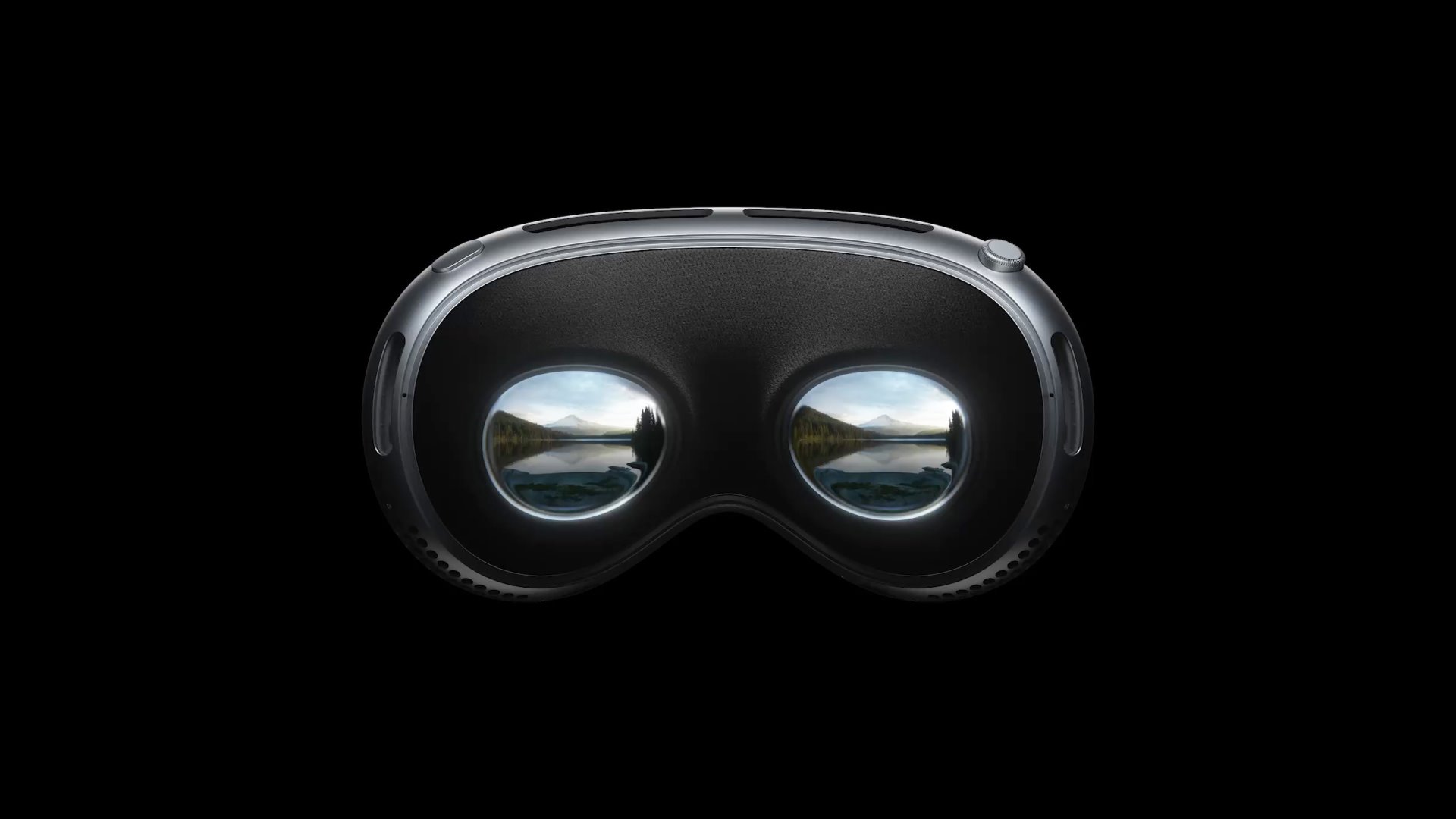Apple’s Vision Pro announcement last week is very likely to be one of the “watershed moments” for the VR/AR industry, as the long-anticipated announcement gives a boost and, hopefully, greater confidence to the space. The initial event and follow-up conversations have generated the necessary buzz and set expectations that “spatial computing” will be a part of everyday life, just like other Apple devices that we’ve come to know, use, and love in our day-to-day personal and professional lives.
Apple does an incredible job at positioning and launching technology that appeals to individuals on a personal level. If you consider the technologies that have been adopted expansively by consumers and then by enterprises, there’s a strong connection and understanding from individuals as to how it benefits their life, work, and well-being. That’s when more and more people start to use it in their personal and professional lives–leading to widespread adoption.
Apple demonstrated significant advancements in hardware. The M2 delivers unparalleled standalone processing performance, while the new R1 chip is specialized to process input from the cameras, sensors, and microphones to enable what looked like high fidelity, low latency passthrough for a real-time sense of presence. The three-dimensional interface in visionOS that users can naturally control with hands, voice and eyes makes for a hands-free experience. The gestures seemed natural and intuitive. Not needing a controller in both hands should significantly reduce the friction that comes with acclimation in a headset. I expect advancements like this to help with adoption. The Vision Pro is going to help people feel more comfortable with immersive technology.
What does Apple’s entry in the category and market mean?
If you consider the XR technology over the last few years, there has been increasing traction in the enterprise. Apple’s entry into the space not only boosts confidence but will also trigger a competition with and spur similar and more advancements in other headsets. More people will likely use mixed reality headsets in their day-to-day lives. Two of the biggest tech companies in the world (Meta and Apple) will be duking it out for market share, and the user should win with multiple options at different price points.
Spatial computing and a new user experience paradigm are going to spur a lot of creative content development. We are looking forward to learning more about RealityKit and Reality Composer. The reveal that Apple will be using Unity to bring 3D applications and games to Vision Pro was exciting. We think this will not only help accelerate the development of new applications and games but accelerate the port of existing applications and games to Vision Pro.
Who is the target audience and what are the use cases?
I think the target audience is the consumer. And it is the prosumer who will use the headset in their enterprises in the flow of work. The audience will grow beyond that as new generations of the headset may improve the form factor taking it closer to the style of glasses and to a lower price point helping the vast audience of enterprise and industrial employees in their flow of work.
I think use cases will span media and entertainment, games, collaboration and design, in addition to education, training, learning and development.
If you consider XR (and more specifically) VR over the last few years, there has been increasing traction in the enterprise. Learning and training have probably been the biggest use-case across industries, with sports, retail, logistics, healthcare and, more recently, financial services leading the way. If users are more likely to spend time in the headset, this should further accelerate training, learning & development use-cases for enterprises.
We will see the positive impact of a rising tide when it comes to content development. Creators are excited to build for Apple. There is this other inflection point with Generative AI that is enabling content creation to become not just more accessible but to be accelerated at a much lower cost. I believe that there is going to be increasing excitement around 3D apps and content development, which will raise the tide around content development for all platforms and headsets like Meta, Pico, HTC





